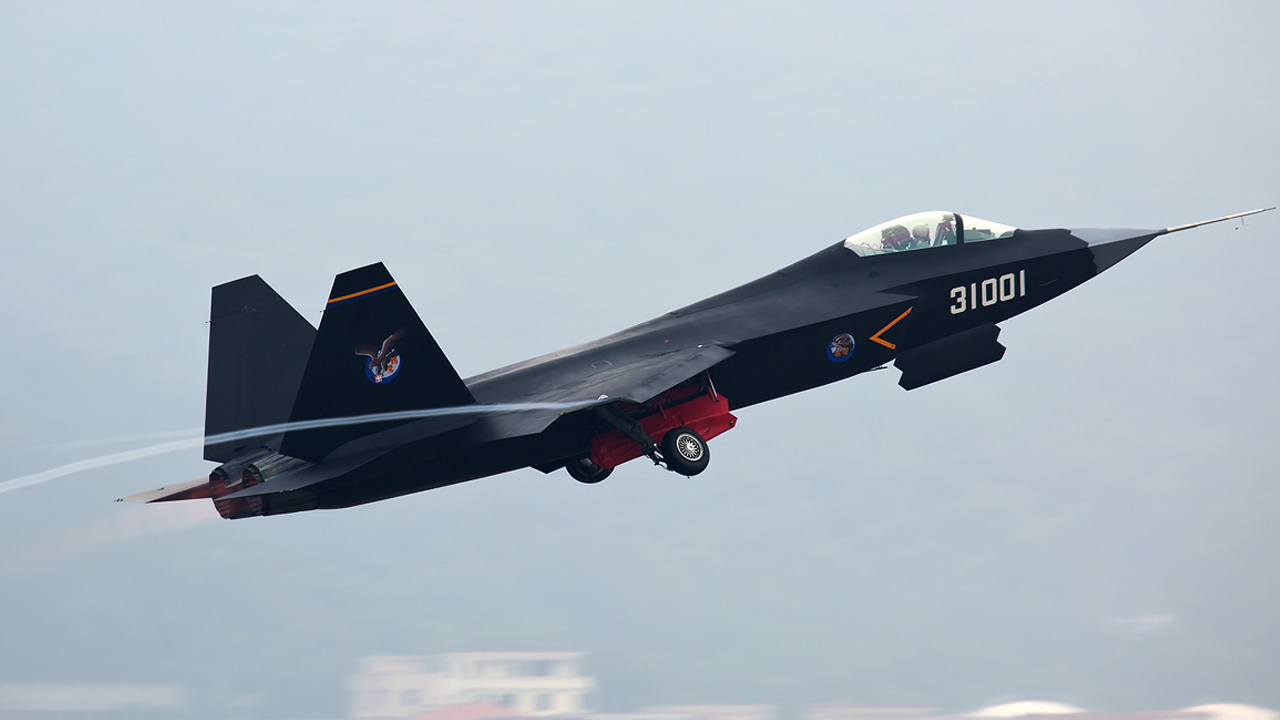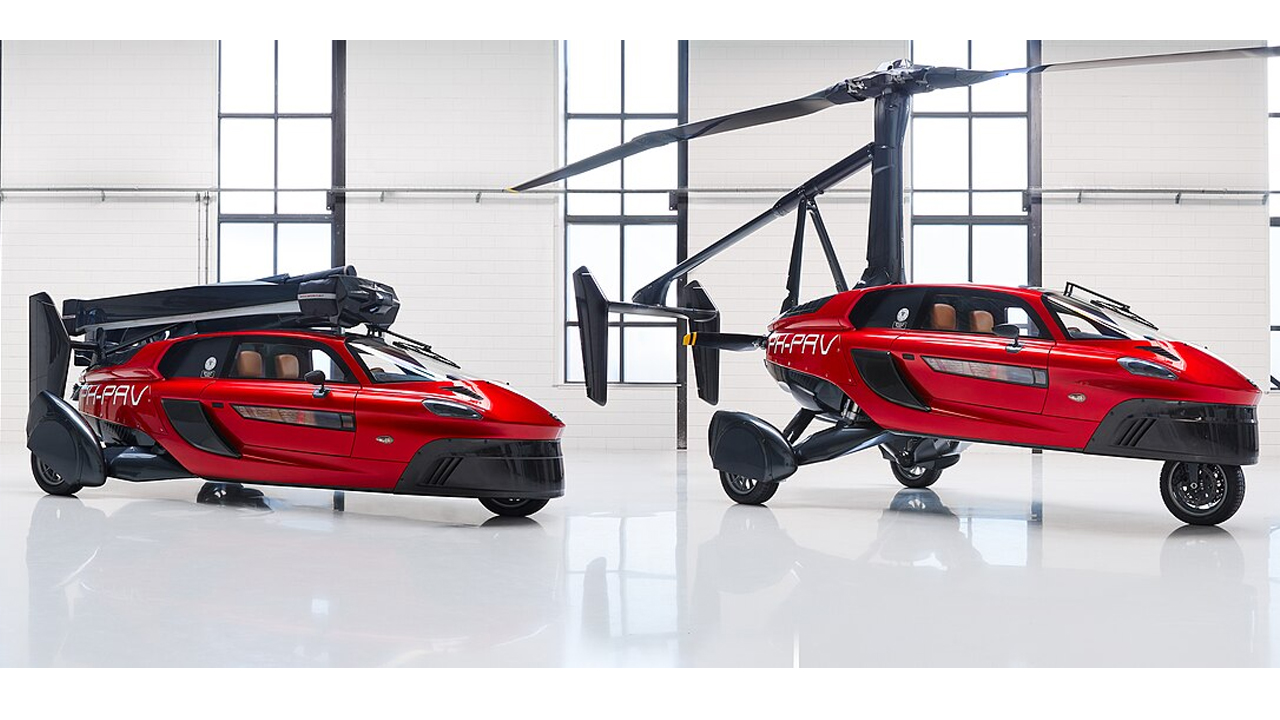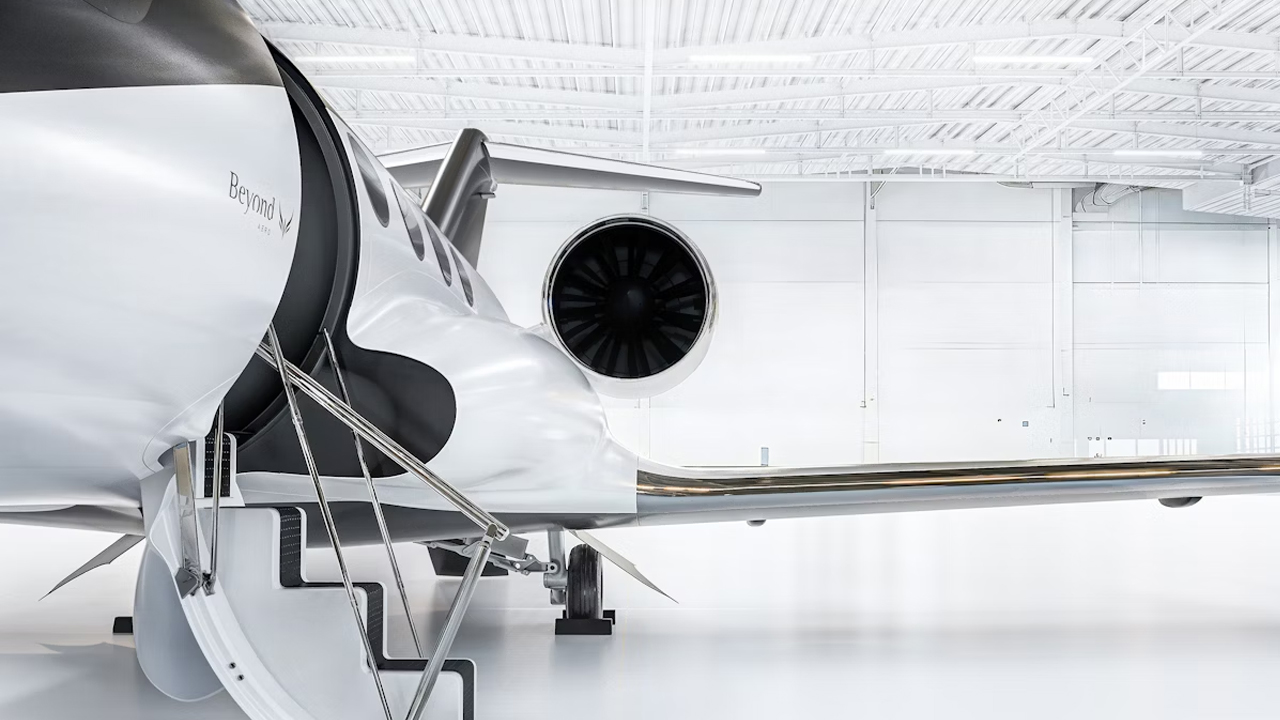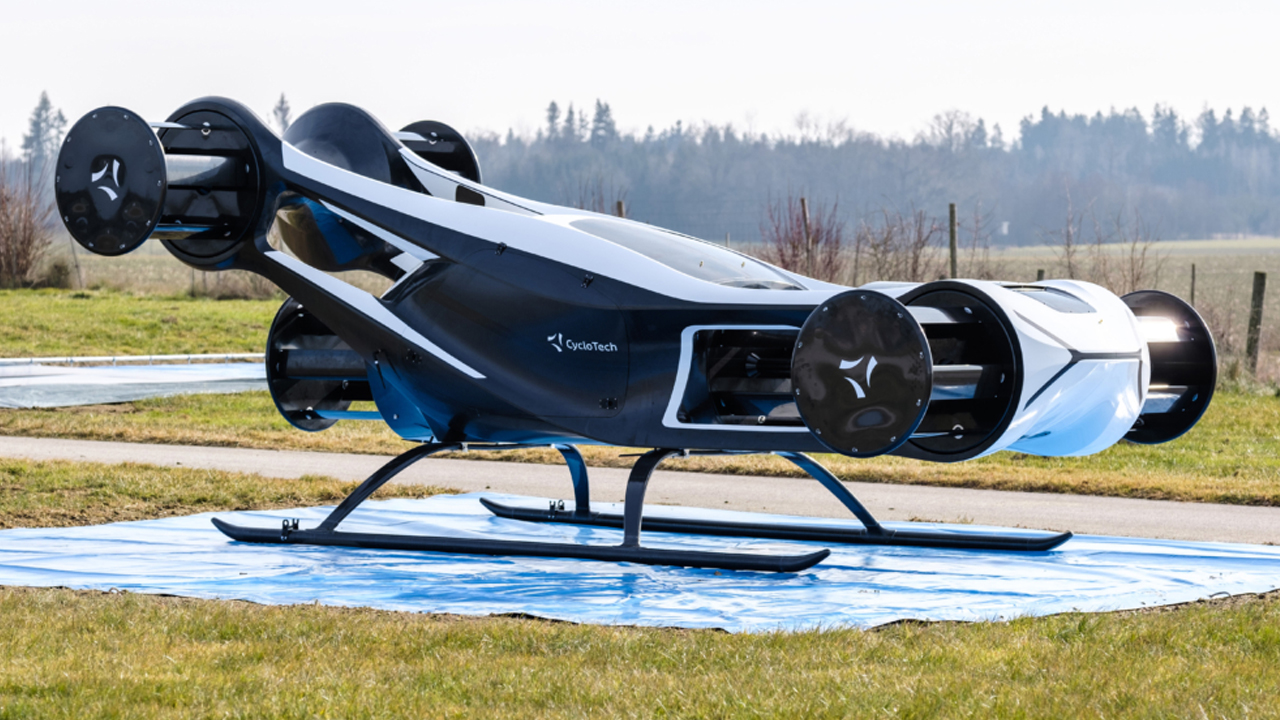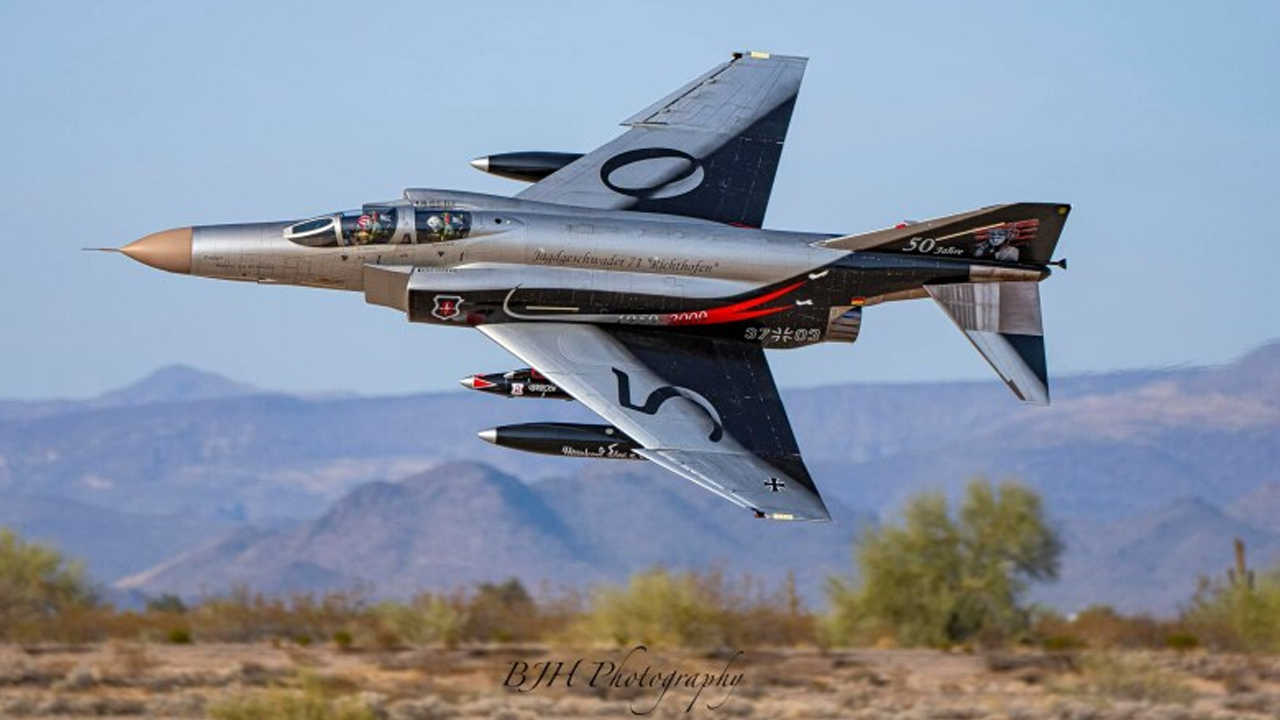China’s unveiling of the J-31 stealth fighter has stirred attention around the world. As Beijing accelerates its military modernization, comparisons with the U.S. F-35 Lightning II are inevitable. But beyond the headlines, is the J-31 truly a peer competitor—or just a lookalike?
Design and Development
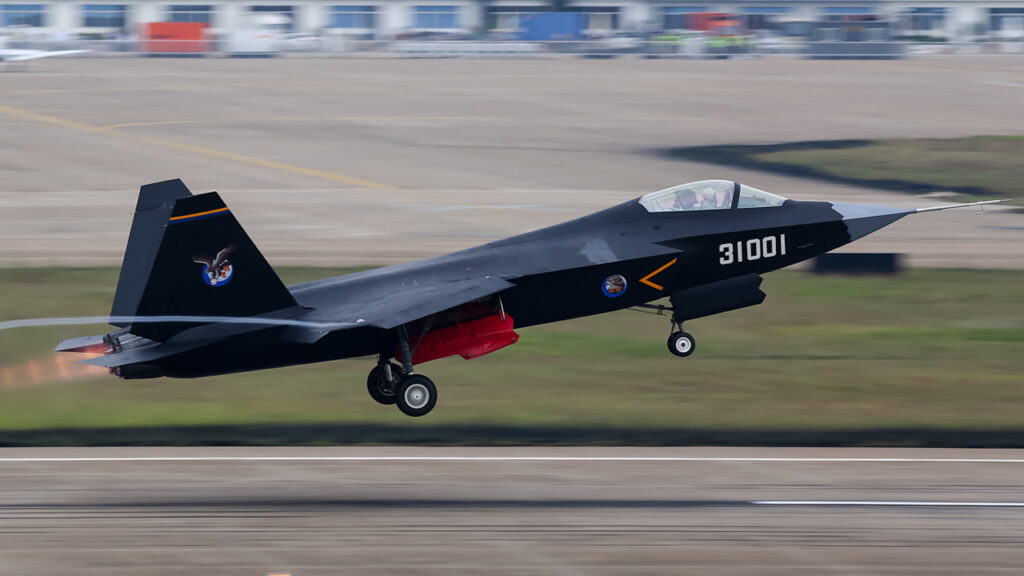
The J-31, built by Shenyang Aircraft Corporation, bears a striking resemblance to the F-35. Its angular profile, internal weapons bays, and overall stealth shaping hint at clear design parallels. Some of those similarities might not be coincidental. According to The Sun, U.S. officials believe cyberespionage may have allowed Chinese developers to gain access to sensitive data from the F-35 program, potentially informing the J-31’s architecture.
Performance and Capabilities
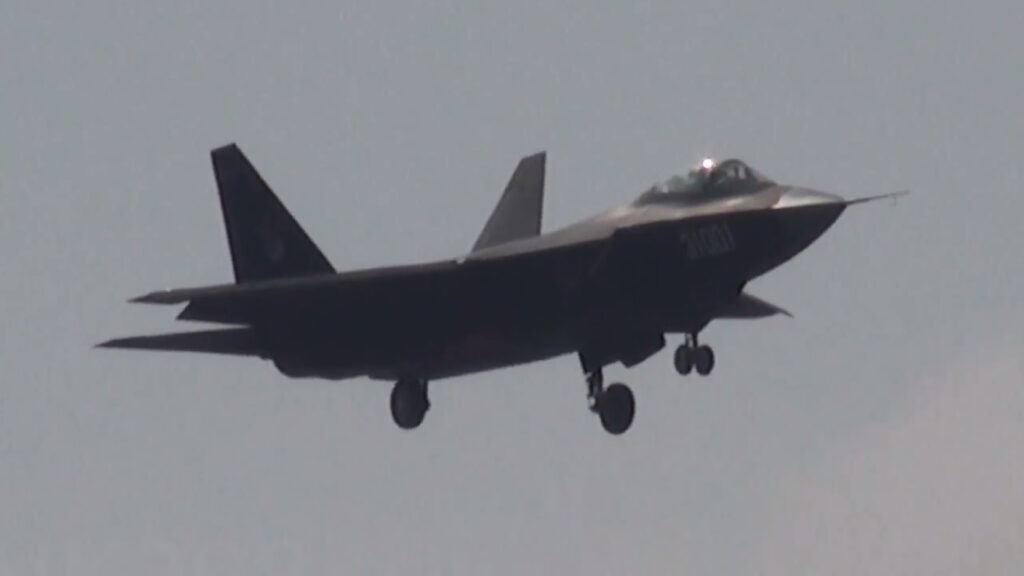
Little is publicly confirmed about the J-31’s internal systems, but it’s believed to use twin engines and be geared for both land and carrier operations. Meanwhile, the F-35 comes in three variants tailored to specific missions: conventional, vertical takeoff, and carrier-based flight. Business Insider notes that the F-35’s dominance lies not just in stealth or speed—but in its data fusion, sensor integration, and secure communication systems that let it serve as a battlefield quarterback.
The Technology Gap: Stealth, Sensors, and Software

The F-35’s biggest advantage might be invisible: its software. With millions of lines of code and unmatched real-time sensor fusion, the jet delivers a panoramic combat picture to pilots—and to other assets it shares data with. Lockheed Martin emphasizes that this makes the F-35 more than a fighter—it’s a flying node in a larger digital warfighting network.
The J-31, on the other hand, is still catching up in avionics, radar, and electronic warfare. Until it proves it can process and distribute data at a similar scale, it may look like the F-35—but won’t operate like one.
Operational Status and Deployment
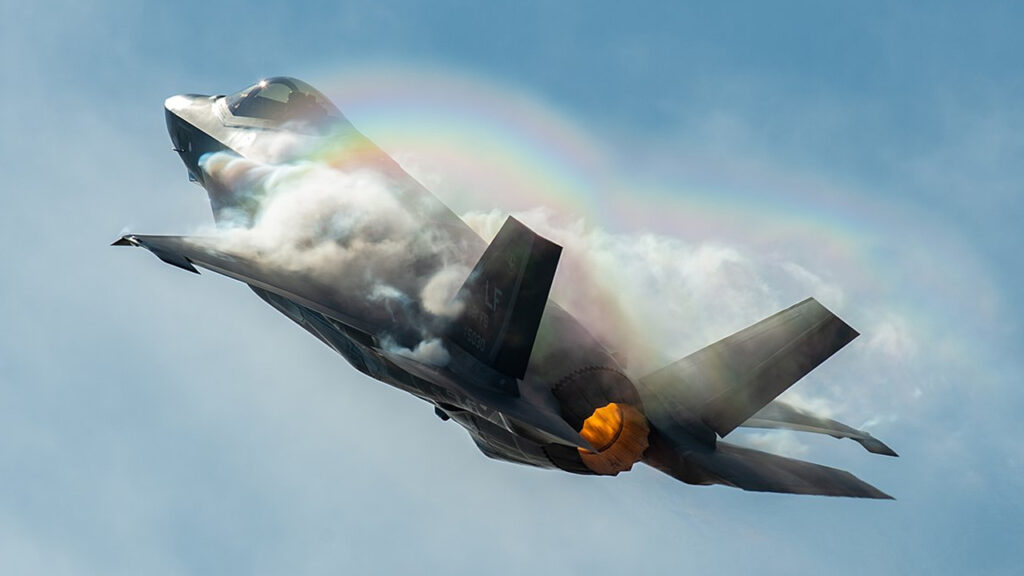
The F-35 is in active service in more than 17 countries and has logged over 600,000 flight hours. It’s combat-tested, export-ready, and backed by a global maintenance ecosystem. The J-31 remains in the prototype and testing phase. As The Wall Street Journal reports, China has showcased the aircraft at airshows, but it has yet to be deployed in combat or fielded across its military.
Strategic Implications
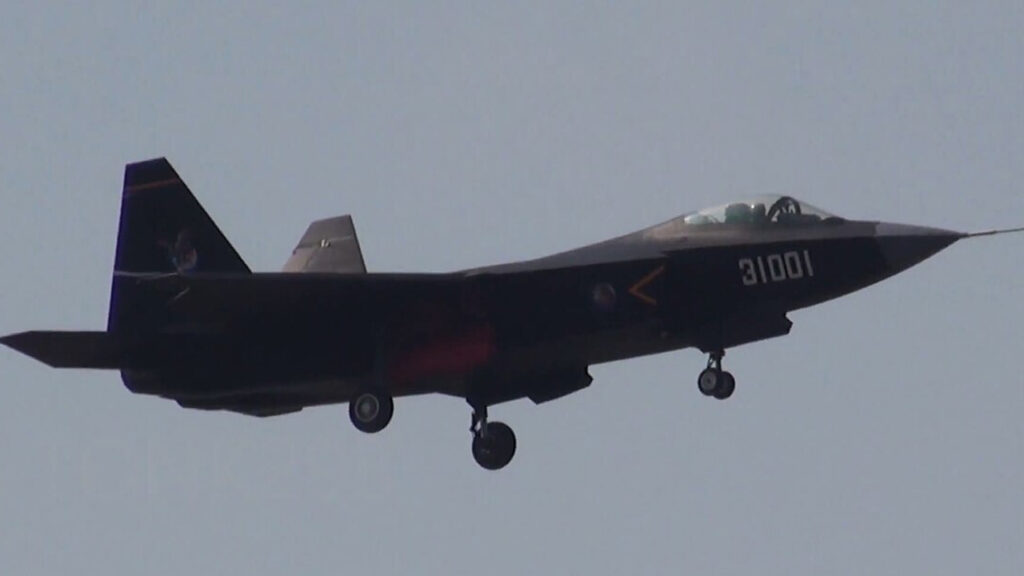
The J-31’s existence alone shifts the conversation about air dominance in the Indo-Pacific. Its carrier-capable design hints at China’s naval ambitions, especially as it builds a blue-water navy. Still, most experts agree the jet is years behind the F-35 in maturity and capability. As Reuters puts it, the J-31 remains a “black box”—more of a symbol than a proven platform.


